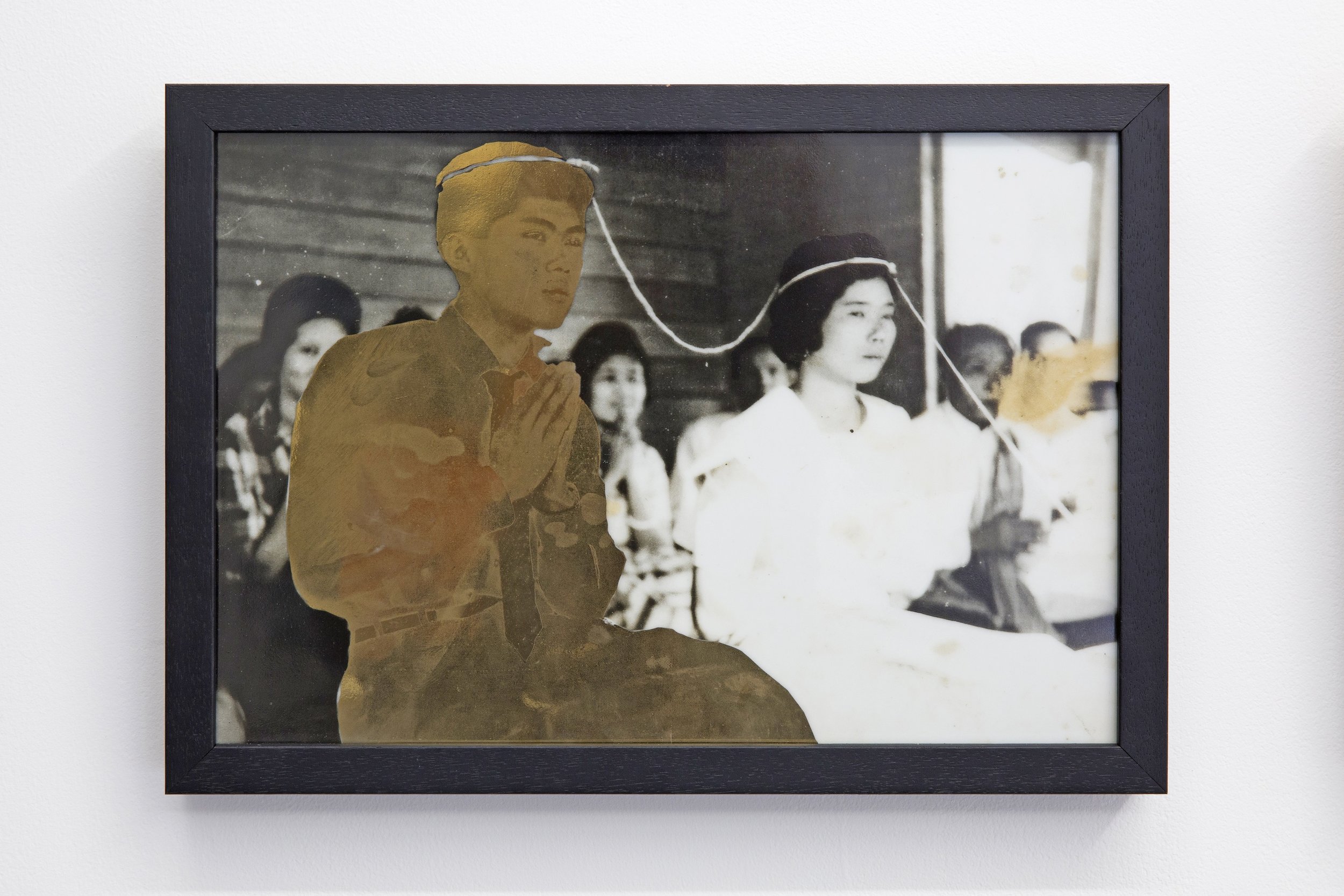5 Questions: Andy Butler
Nathan Beard, Lara Chamas, Caroline Garcia, Steven Rhall, Hari Sivanesan, Priya Srinivasan, TextaQueen.
Curated by Andy Butler.
We talk to Andy Butler about his upcoming exhibition, ‘Always There and All A Part’.
Developed from a six month Emerging Curatorial Mentorship at BLINDSIDE, ‘Always There and All A Part’ is showing from 6–22 December 2017. The opening night is Thursday 7 December, 6pm – 8pm.
The Emerging Curatorial Mentorship program piloted this year at BLINDSIDE. What was involved in the process and development of the exhibition?
The Emerging Curatorial Mentorship program has been an overwhelmingly positive experience for me. I was given a modest budget that was enough to execute an ambitious project, alongside mentorship from curator Emily Cormack. Emily was previously the curator at Gertrude Contemporary, she curated Primavera at the MCA last year, and is curating the TarraWarra Biennial for next year. She really pushed me to think critically about the ideas I was bringing to the project, and the ways that I could challenge them and expand on them through an exhibition.
I came to the mentorship with ideas and concepts about Whiteness in the arts that I’d developed through my writing practice. An article I had published by Overland was the beginning of a set of different projects to explore this theme.
Your exhibition is framed as a critique of institutional Whiteness and structural racism in the Arts sector. How have you seen this manifest itself?
The arts ecology works holistically to exclude minority groups through its culturally homogenous distribution of power. There is an implicit racial hierarchy evident in the sheer lack of non-White bodies in the industry. By large, the arts sector exists within a privileged bubble of participants and audiences who are quite removed from the actual ethnic and cultural demography that exists in the general Australian population.
What makes the situation incredibly damaging is that we’re at a point where ‘diversity’ and ‘inclusion’ is on trend. There’s still an unwillingness to acknowledge the structural racism at the heart of the sector. Although conditional invitations are extended to non-White artists to participate, the sort of work which is deemed ‘acceptable’ is informed by a power dynamic where Whiteness always has the final say. In every corner of the arts, the White colonial perspective is centred and privileged.
As you mentioned, ‘diversity and inclusion’ have become quite the buzz words in the arts. Can you speak to the ‘aesthetics of inclusion’ that you often see within White art spaces?
Diversity and inclusion is constructed in a way that keeps White people comfortable, to allow them to distance themselves from feeling complicit in structural racism. Talking bluntly about racism in a room full of White people can be a career killer in the Arts, especially when doing so implicates everyone––including the sorts of people and audiences who would see themselves as progressive and open minded.
We’re often only allowed to see or experience particular sorts of non-White bodies or experiences when they’re mediated through an Eurocentric lens. However, the whole mood of a space changes when there are actual non-White people in the room, or when racism is talked about as a structural issue as opposed to a moral one.
What has been the most challenging (or rewarding) aspect of putting together this exhibition?
Working with the artists has been fantastic. I’ve loved being able to have open discussions about these sorts of issues. From the beginning I knew I wanted to work with Nathan Beard, after seeing his work Departures. It was great to see how my initial concepts for the exhibition expanded after more and more artists came on board. It’s been a really rewarding and collaborative process, and I’ve learnt so much from all of the artists involved.
Being a ‘diversity worker’ in the arts can be extremely isolating and lonely, so reaching out to people who have something to say about it has been supremely rewarding. Seeing and feeling the ideas that are brought to the table through different works has been great.
On the flip side, one of the more challenging aspects is the emotional labour that goes into doing this sort of work in a profoundly White sector.
One thing that has surprised me about the exhibition is how much humour runs through the practices of the artists. It’s been great to approach such a weighty issue in that sort of way.
What are some of the provocations that you would like the exhibition to raise?
The main thing I’ve set out to achieve is to highlight the ways that galleries are racially charged spaces. From the beginning I envisaged that Always there and all a part would work against the sorts of exhibitions that ‘celebrate diversity’ in a way that is palatable to a culturally homogenous audience.
There’s a strange sense of humour across the works. I think the responses that come out of it will depend on the interpretative framework that audiences bring to it. If you’re the sort of person who has felt the blunt trauma of Whiteness, I think it will be funny in some ways, and hopefully a relief that there’s a set of works that speaks to the experience of navigating race in the arts. For audience members that don’t acutely feel the way that Whiteness dominates the arts, I hope it will more confronting and uncomfortable than anything else.
Image: Nathan Beard, Departures (detail), 2016.
Photographic decal on glazed porcelain, PVD coating, Left panel of diptych, 39 x 28.5 cm.
Photo credit: Uri Auerbach.

